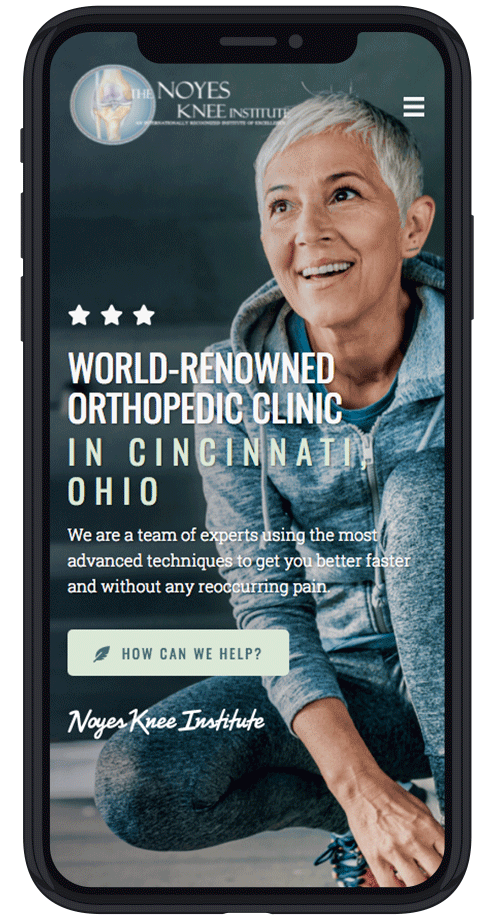Published On
Category
If you’re a male in your 40s who refuses to seek treatment for your painful, swollen, and achy knees, you may want to rethink your decision. Both men and women experience normal wear and tear in the joints as they age, including the knee joints. But some individuals experience severe wear and tear in their joints that leads to osteoarthritis.
Men and women develop OA at different times in their lives. Women can potentially develop osteoarthritis after they enter their 50s, while men can experience OA in their 40s. By the time men enter their 70s, they’ve sustained significant damage to their joints, including the joints in their knees.
Here are things you should know about your joints and OA and the treatments and precautions you can use or take to control the disease before it becomes worse.
How Osteoarthritis Affects You
Knee joints are weight-bearing tissues that carry and support the weight of your upper body as well as allow your lower body to bend, stoop, and perform many other movements. Your knees depend on several important tissues stay healthy during the actions above, including cartilage. OA damages the cartilage between your knee joints over time.
Cartilage “buffers,” or prevents friction between, the bones of your knees when you perform an action. Once cartilage deteriorates, it leaves the surfaces of your joints bare. The bare surface becomes inflamed and irritated as the bones rub together.
The symptoms of OA can vary from person to person, but pain and swelling are common problems you experience. As the disease progresses, your joints become stiff or lose their range of motion. If you work in an area that requires the use of your knees, such as construction, landscaping, or plumbing, your condition may affect your performance.
It’s possible for you to experience a steady decline in muscle mass with OA. Your knee pain may potentially keep you from being more active in life. Your muscles require movement to stay strong and functional. Without sufficient exercise and training, your muscles weaken.
With the right steps, you can prevent your painful knees from becoming worse now and in the future.
What to Do About Your OA
Seeing an orthopedic specialist about your painful knees is one of the best and most important steps you can take right now. OA doesn’t cure itself, go away, or improve without medical care. A specialist can examine the joints in your knees and design the most effective treatment for your condition.
Depending on the extent of your joint damage, you may take prescription and nonprescription medications to ease your pain and swelling. If your symptoms are critical, you may require surgery to treat the damage in your knees. Orthopedists offer many different types of surgeries that include knee osteotomy and arthroscopic surgery.
Some doctors offer robotic-assisted surgery to OA patients who have partial knee damage. The innovative treatment removes or replaces damaged tissue but leaves healthy joint tissue intact. Although robotic-assisted knee surgery is relatively new, it can help slow down the deterioration of your joints.
If you do suffer from extensive knee damage, you may expect to undergo complete or total knee replacement surgery. This type of surgery removes and replaces the entire knee joint. Total knee replacement surgery does take a bit longer to recover from than robotic surgery, so be aware of this when you consult with an orthopedist.
If your doctor prescribes physical therapy to help you recover after surgery, be sure to attend each session. It’s important that you regain mobility as soon as possible to help your knees heal.
To learn more about osteoarthritis and your knees, contact the Noyes Knee Institute.

